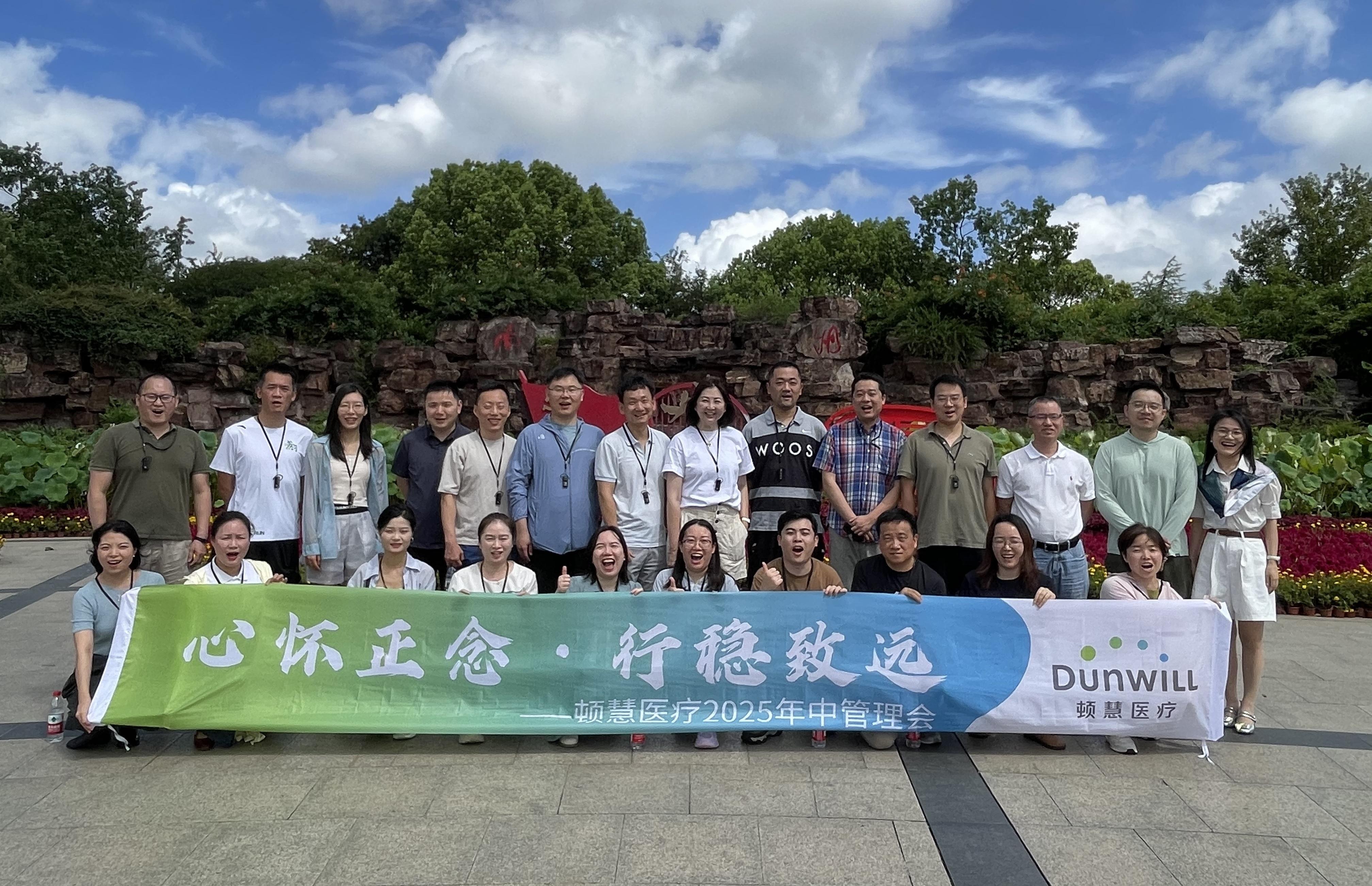miRNA7 Multimodal Fusion Model Opens up New Horizons for Early Diagnosis of Liver Cancer
Recently, the 8th Academic Annual Conference of Chongqing Health Management Physician Branch was grandly held in the beautiful mountain city. The theme of this conference is "Focusing on the Frontiers of Disciplines, Innovating Intelligent Management", focusing on the current hot and difficult issues as well as advanced experiences in the field of health medicine. Many well-known experts and scholars in China are invited to inject new vitality and ideas into the development of the health management discipline.
At the "Quality Control Forum" held on the afternoon of June 29th, Professor Li Xuelin, Deputy Director of the Health Management Center of Chongqing People's Hospital, presented a special report titled "Clinical Application Value of Seven Microribonucleic Acid (miRNA7) Detection Technologies in Early Screening and Diagnosis of Liver Cancer". Director Li provided an in-depth analysis of a new strategy for early detection of liver cancer based on miRNA molecular markers, and shared the value of this innovative technology in clinical applications, bringing cutting-edge perspectives and valuable experience to the field of early screening and diagnosis of liver cancer.
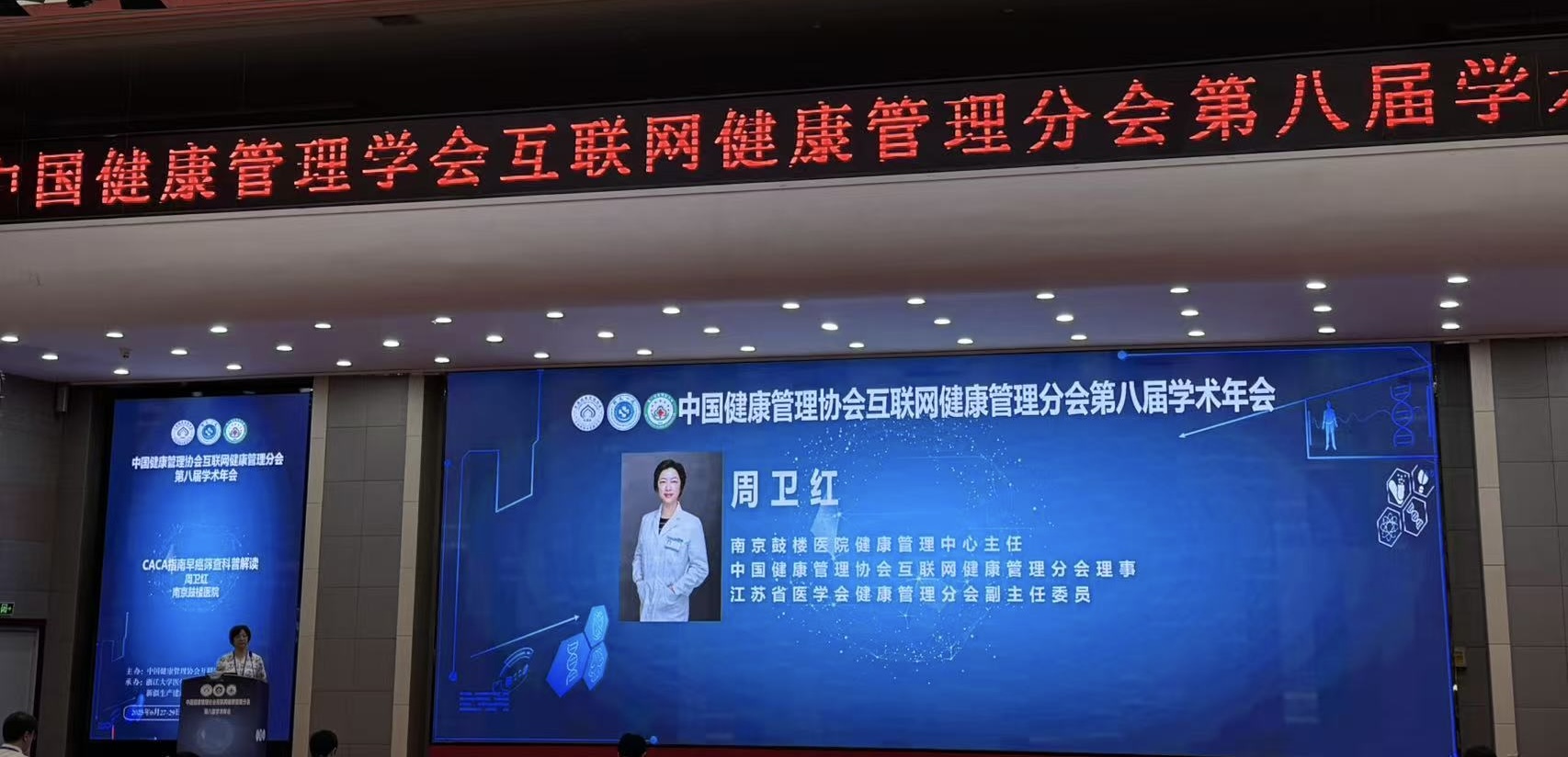
Professor Li clearly pointed out at the beginning that liver cancer has become a key and difficult point in the prevention and treatment of malignant tumors in China. Data shows that there is a large and diverse number of high-risk populations for liver cancer in China, and the early diagnosis rate is significantly lower than in other countries. This situation is closely related to the high heterogeneity of liver cancer - although the high-risk population is clear, the pathogenic mechanisms are complex and diverse. In recent years, with the improvement of national living standards, the incidence rate of metabolic dysfunction related fatty liver disease (MASLD) has shown a rapid upward trend, and has become the fastest growing cause of hepatocellular carcinoma cases. How to effectively block the progression of fatty liver disease to liver dysfunction and liver cancer has become an important issue in the current medical field.
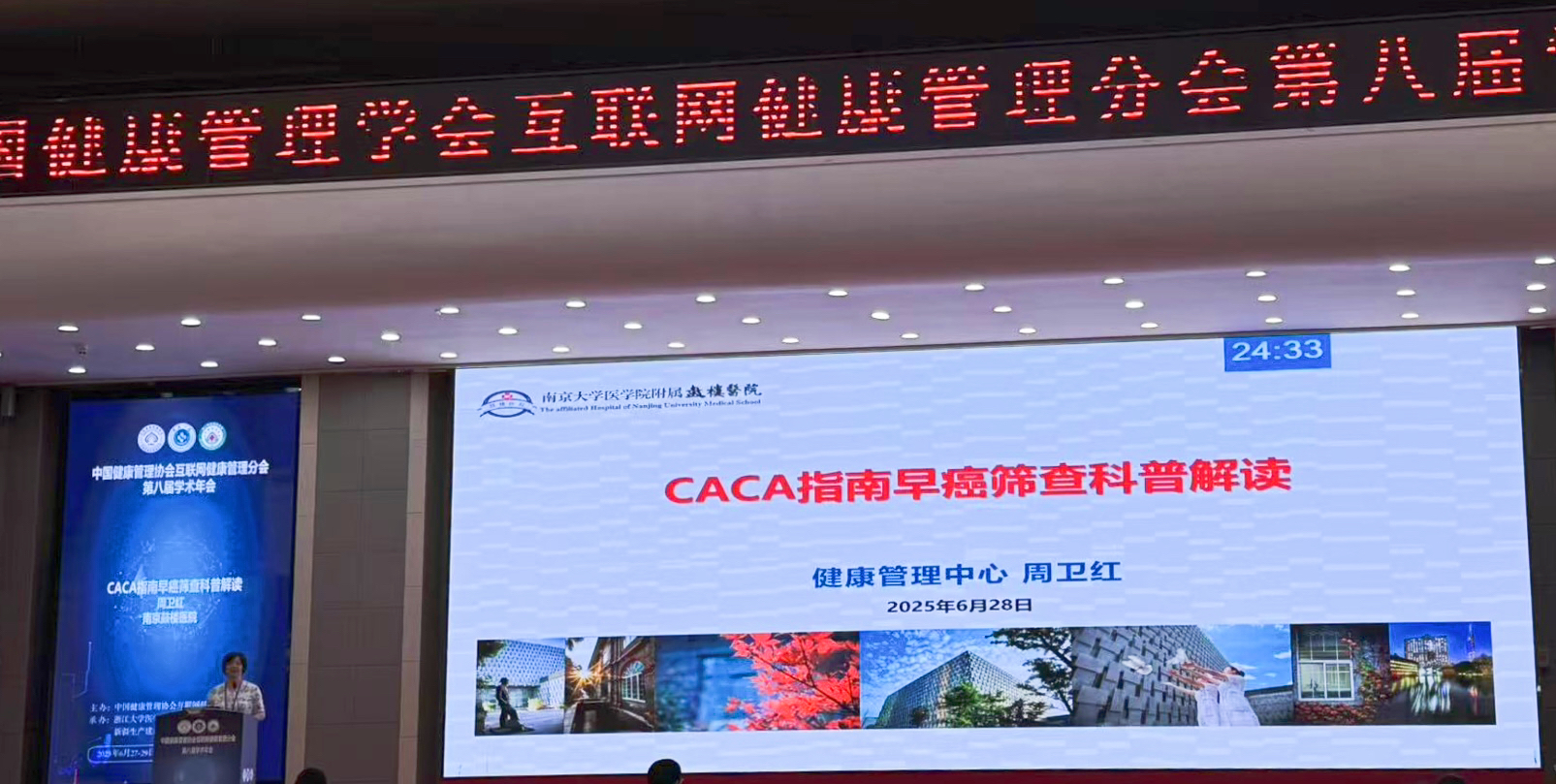
Subsequently, Director Li introduced that early screening and diagnosis are key breakthroughs in improving patient prognosis. At present, early screening for liver cancer in China mainly relies on traditional detection methods such as alpha fetoprotein (AFP), ultrasound, and CT, but these methods have significant limitations. Alpha fetoprotein (AFP), as a traditional biomarker, has a detection rate of less than 40% for early liver cancer, and 30% -40% of liver cancer patients are consistently negative for AFP. The sensitivity of alpha fetoprotein isoform (AFP-L3%) to early liver cancer is only maintained at around 30%. The sensitivity of ultrasound for early liver cancer is only 45%, and even when combined with AFP detection, the sensitivity is only 63%, which is difficult to meet clinical needs. Therefore, there is an urgent need for more reliable and effective methods to improve early diagnosis rates.
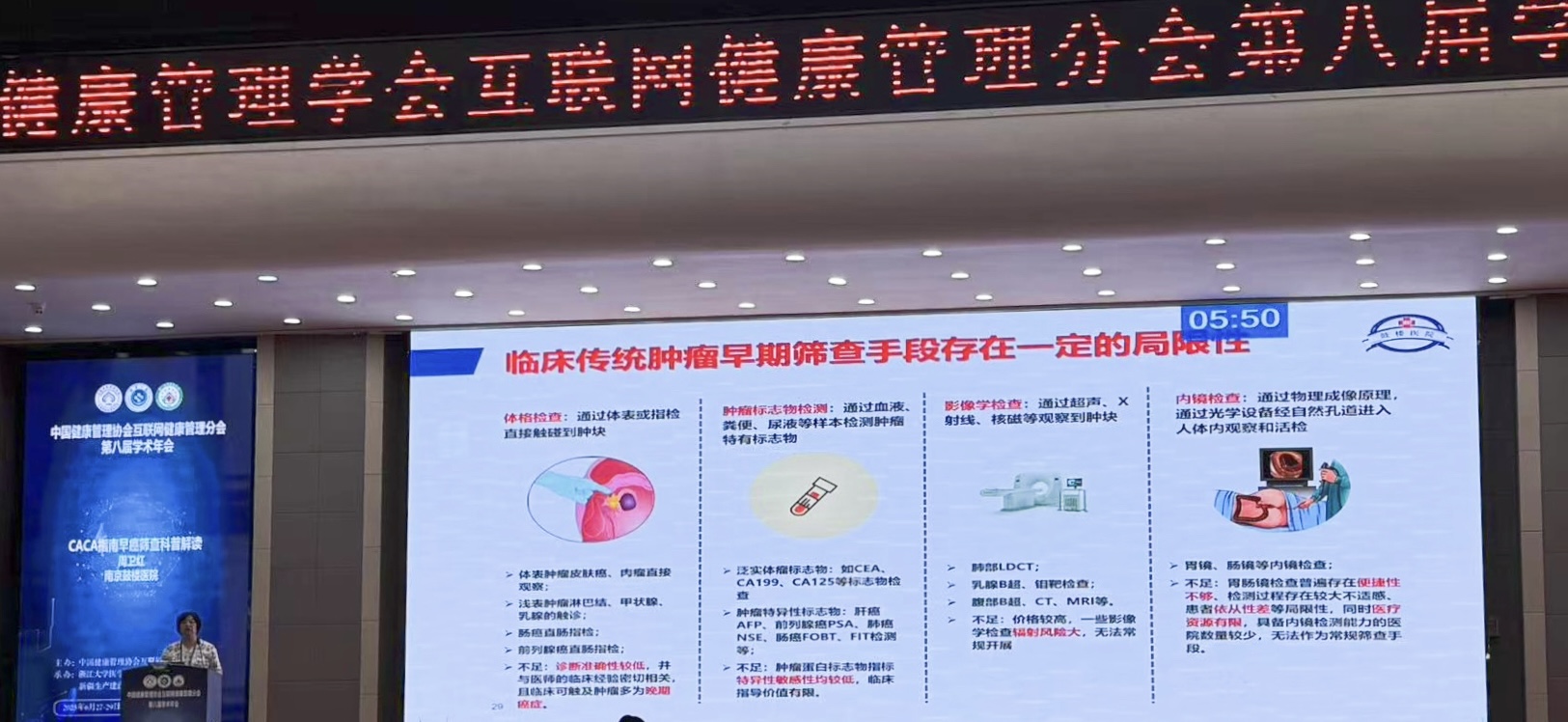
Professor Li further introduced that miRNA7, as a fast, convenient, and efficient new technology for liver cancer detection, has received widespread attention for its application value in early screening of liver cancer. After large sample and multi center validation, miRNA7 showed significantly better diagnostic efficacy for extremely early liver cancer than AFP and DCP, with a 30% increase in detection rate. Meanwhile, miRNA7 can accurately identify AFP negative liver cancer patients, with sensitivity and specificity of 77.7% and 84.5%, respectively, significantly better than traditional biomarker detection. The AUC value of miRNA7 in BCLC stage 0 liver cancer reached 0.936, demonstrating excellent early warning ability. With these outstanding technological advantages, miRNA7 has received high-level evidence-based recommendations from authoritative guidelines such as the "Diagnosis and Treatment Guidelines for Primary Liver Cancer (2024 Edition)".
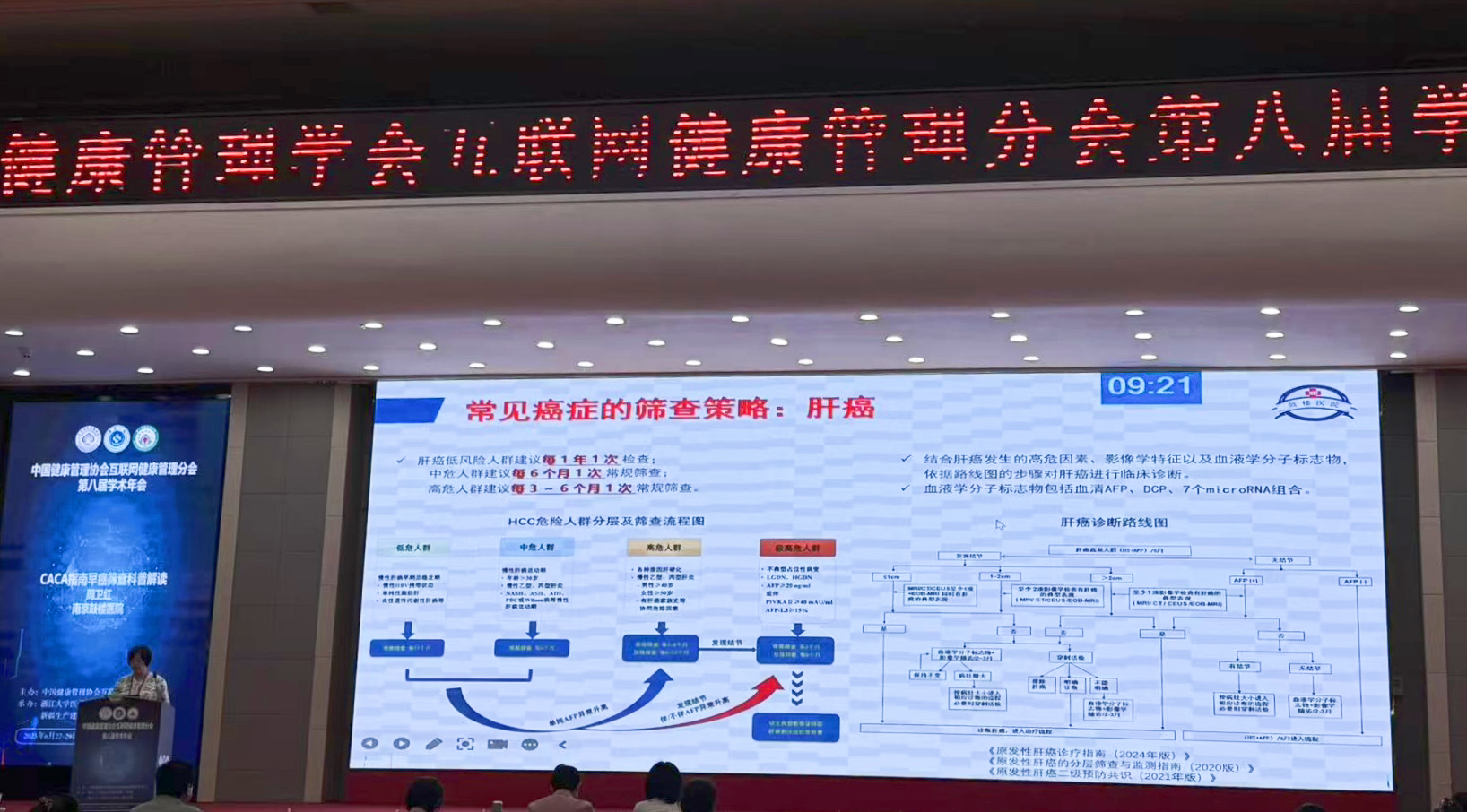
Subsequently, Professor Li vividly demonstrated the significant advantages and important value of miRNA7 in early liver cancer screening through two typical cases. In Case 1, miRNA7 provided an 18-month early warning of liver cancer risk compared to imaging. The patient promptly underwent minimally invasive surgery to remove a 2cm tumor, achieving curative treatment and significantly improving survival prognosis. In Case 2, even when traditional markers such as AFP, DCP, and AFP-L3 were negative, miRNA7 still accurately detected a small liver cancer of 1.5cm, filling the blind spot of traditional blood testing and providing key evidence for timely diagnosis of early liver cancer.
Finally, Professor Li shared the latest progress in early screening technology for liver cancer - the miRNA7 multimodal fusion model. She pointed out that previous multimodal models, such as GALAD, GAAD, ASAP, etc., lacked large-scale Chinese population data and markers at the gene molecular level. The miRNA7 multimodal fusion model, as an innovative solution for early screening and diagnosis of liver cancer, is based on the integration and exploration of large laboratory data within hospitals. It covers miRNA7 detection data, patient basic information, and various clinical indicators, and uses artificial intelligence algorithms to achieve precise analysis. Clinical studies have confirmed that the GALADM model is superior to single indicator, single combination of previous indicators, and GALAD model in distinguishing HCC and non-HCC populations in the extremely early and early stages of liver cancer, providing new ideas for solving the diagnostic difficulties caused by liver cancer heterogeneity.
The successful holding of this conference not only provides a valuable learning and exchange platform for health management experts, but also points out a practical path for improving the level of liver cancer prevention and treatment through the sharing of cutting-edge technologies. We believe that with the promotion and application of innovative technologies such as miRNA7 multimodal fusion model, it can improve the quality of life of more liver cancer patients and help China's liver cancer diagnosis and treatment level reach a new height.

